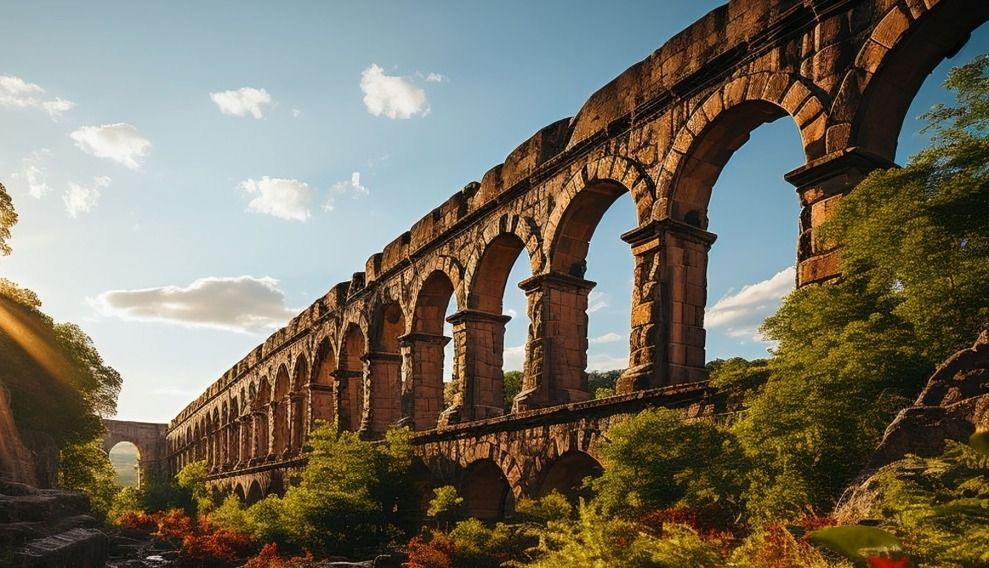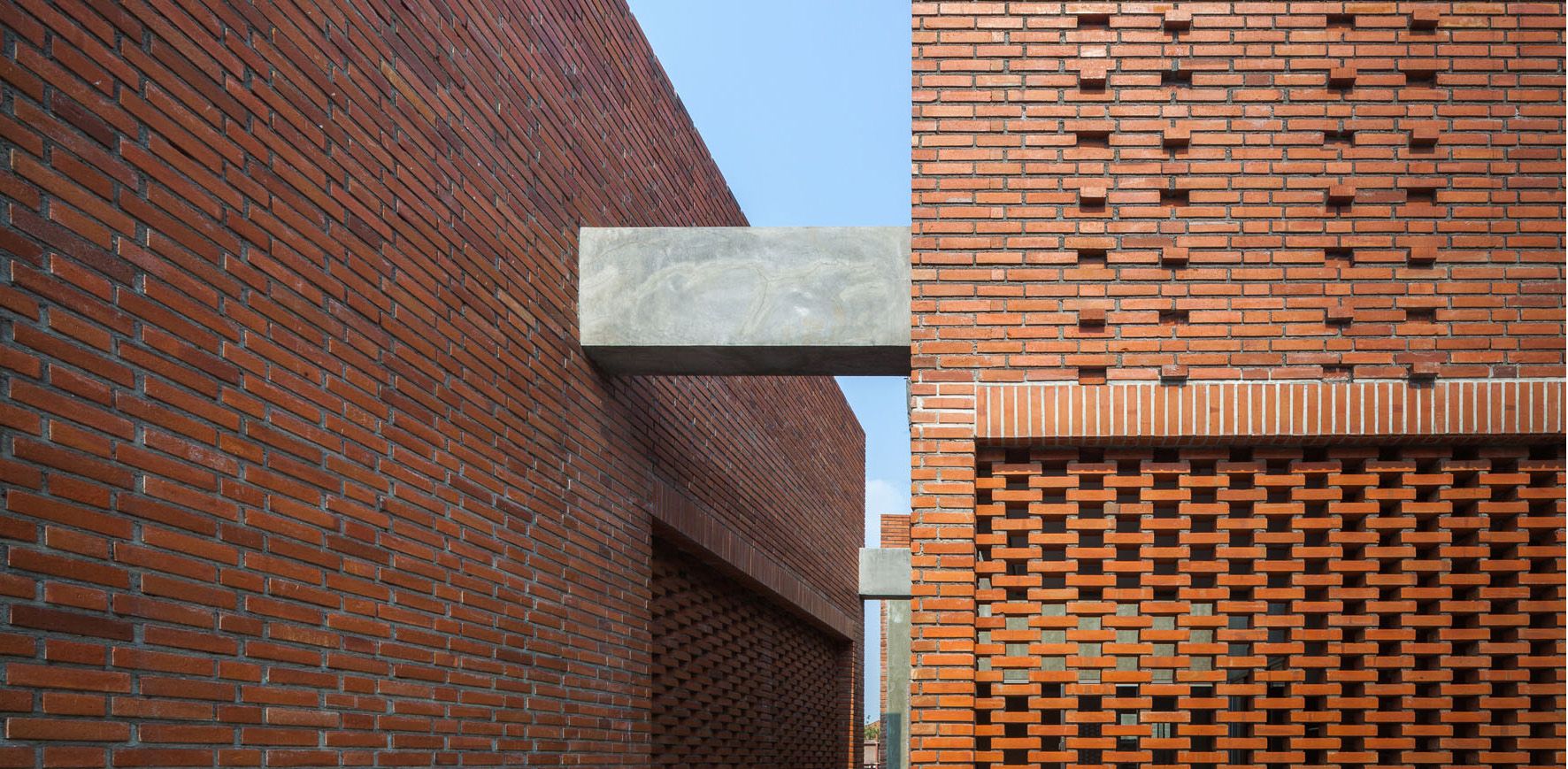
“
Brick and mortar have been essential building materials in construction for centuries, known for their durability and reliability in architecture. From ancient Mesopotamia to modern skyscrapers, traditional bricks and mortar have proven their value through their durability, versatility, and timeless appeal. This blog delves into the fascinating details of Brick and Mortar Facts, exploring their historical significance, environmental benefits, and unique properties that continue to make them a preferred choice in construction. Join us as we uncover the essential facts that highlight why brick and mortar remains a cornerstone in building practices today.1
1
”
Traditional bricks have been a fundamental building material for thousands of years, first used around 7000 BCE in ancient Mesopotamia. Their long-standing reliability showcases their enduring value in construction across millennia.1
Bricks, made from natural clay, are an eco-friendly building material. They are 100% recyclable and require minimal processing, making them a sustainable and environmentally responsible choice for modern construction, contributing to greener building practices. 2
The largest brick ever made, measuring 2.94 meters (9 ft 8 in) long and 0.99 meters (3 ft 3 in) tall and wide, was created by ACME Brick in Denton, Texas, in 2007. This giant clay brick is nearly 3,000 times the size of a standard brick.3
Bricks excel in thermal insulation due to their ability to absorb and store heat. This property helps in maintaining stable indoor temperatures, which can significantly reduce energy consumption and heating costs. 4
The dense and compact nature of bricks provides excellent sound insulation, making them effective at blocking external noise. This creates quieter and more peaceful indoor environments, ideal for both homes and commercial buildings. 5

Iconic structures such as the Great Wall of China and Roman aqueducts were constructed with bricks and mortar. These landmarks highlight the material's historical importance and its role in shaping ancient architecture.
Bricks are highly fire-resistant and can endure extreme temperatures without burning or emitting harmful fumes. This makes them a safe and reliable choice for buildings, enhancing overall fire safety.6
Mortar, a mixture of sand, cement, and water, acts as the crucial adhesive that holds bricks together. It provides structural stability to brickwork and effectively prevents moisture from penetrating, safeguarding the building's durability and integrity. 7
On June 14, 1992, Russell Bradley from the UK achieved a remarkable feat by lifting 31 bricks, laying side by side on a table, up to chest height, and holding them there for two seconds, demonstrating extraordinary strength and endurance.8
Brick structures are known for their durability and require minimal maintenance. They resist weathering, which eliminates the need for frequent repainting or resurfacing, saving time and money on upkeep.9
At the end of their life cycle, bricks can be crushed and repurposed as aggregate for new construction. This recycling process promotes sustainability by reducing waste and conserving resources.10
Different types of mortar, such as lime and cement mortar, offer distinct advantages. Lime mortar provides flexibility and breathability, while cement mortar delivers strong adhesion and durability for various building needs.11
Brick walls are naturally resistant to pests like termites, which can cause significant damage to wooden structures. This pest resistance adds an extra layer of protection to buildings constructed with brick. 12

Bricks can be arranged in numerous patterns, including herringbone and basketweave. These patterns not only enhance the visual appeal of a building but also contribute to its structural strength and durability.
On July 18, 1995, at the East of England, Show in Peterborough, Cambs, Gary Lovegrove from Wisbech set a record by laying 872 bricks, each weighing 2 kg (4 lb 7 oz), within just 60 minutes, showcasing incredible skill and speed.13
In 2007, a new brick type was developed using fly ash, a by-product from coal power plants. This innovation aimed to repurpose waste materials and improve sustainability in construction, offering an eco-friendly alternative to traditional bricks. 14
Bricks are available in standard sizes but can also be custom-made to meet specific design requirements. This adaptability allows builders to achieve precise construction specifications and creative design solutions. 15
The color of bricks is influenced by the minerals used in their production. Red bricks get their hue from iron, while variations in color, including darker shades, are achieved through higher firing temperatures during the brick-making process.16
Beyond their natural thermal mass, brick walls can be enhanced with additional insulation to improve energy efficiency further. This combination helps to reduce heating and cooling costs while maintaining comfort. 17
Bricks have a high load-bearing capacity, making them ideal for constructing stable and durable structures. Their strength supports substantial weights, contributing to the longevity and reliability of buildings.18


